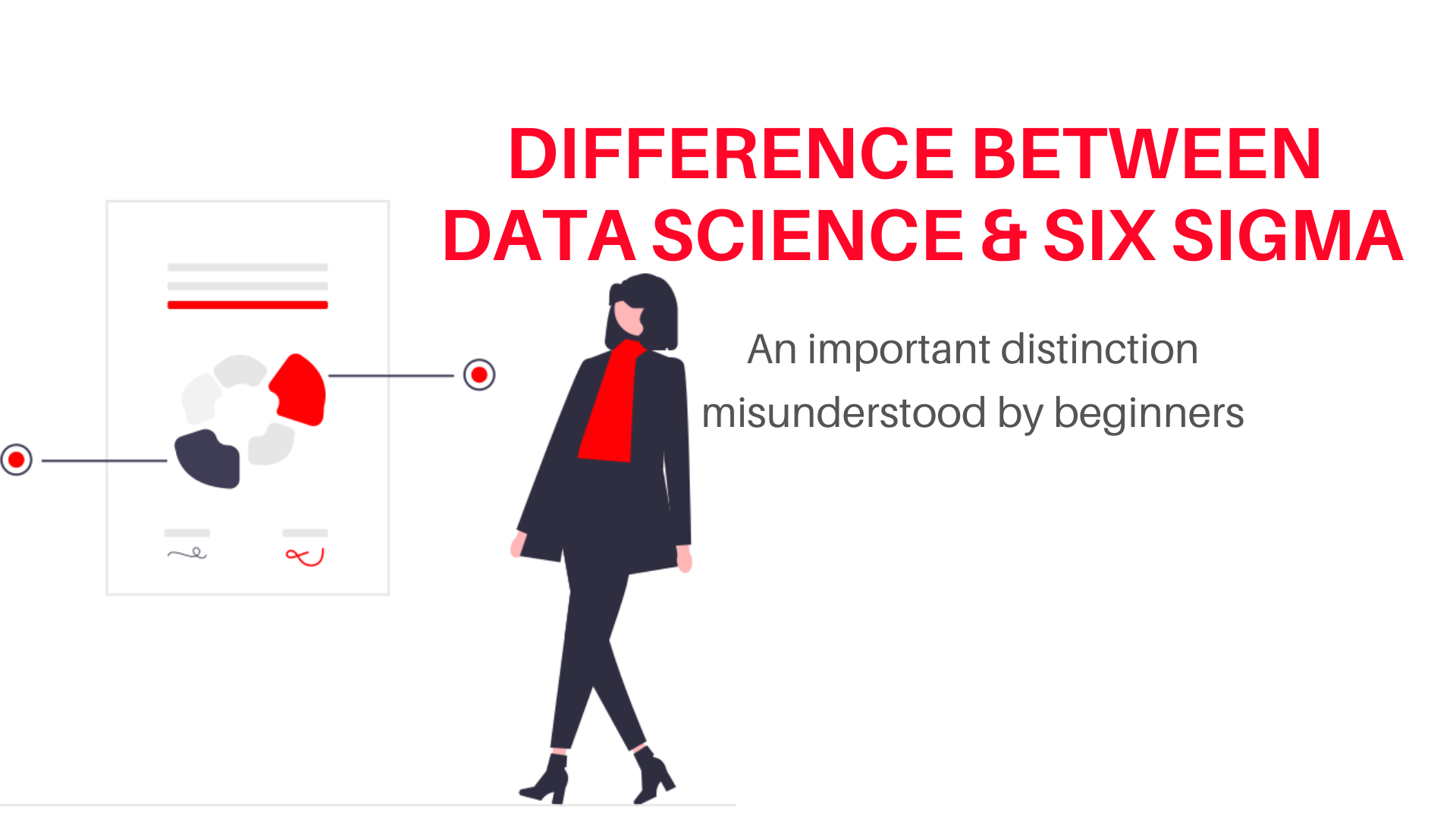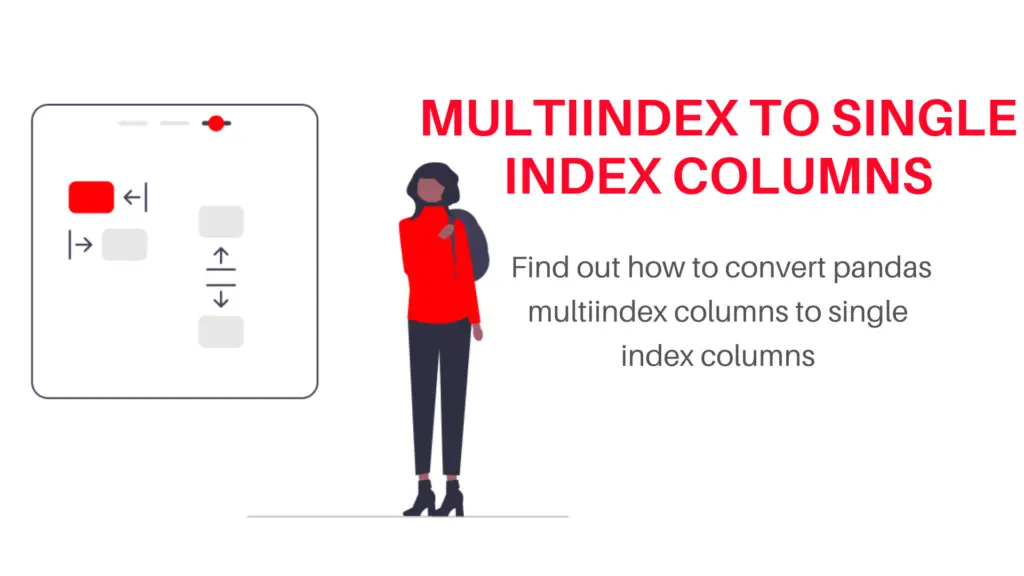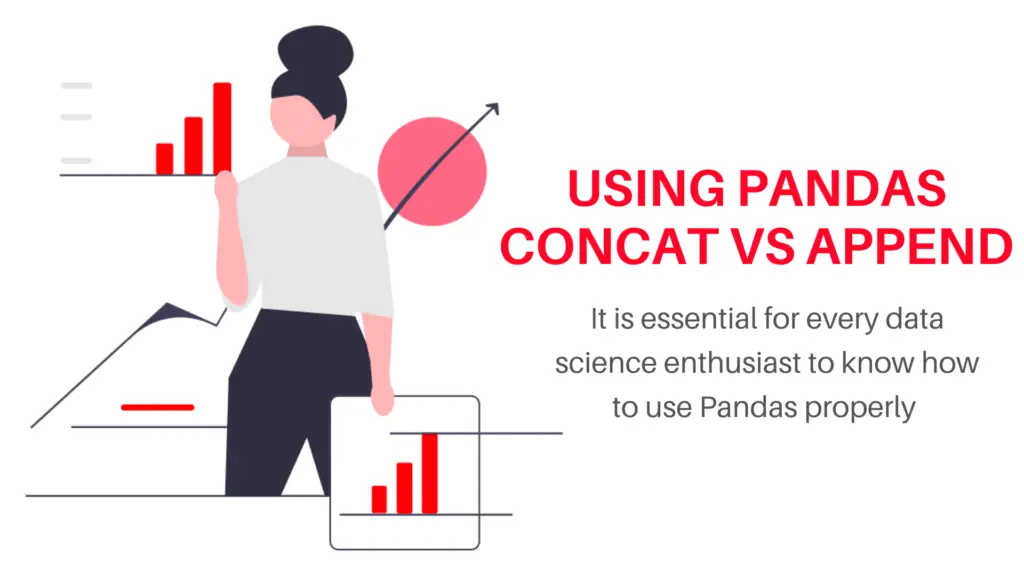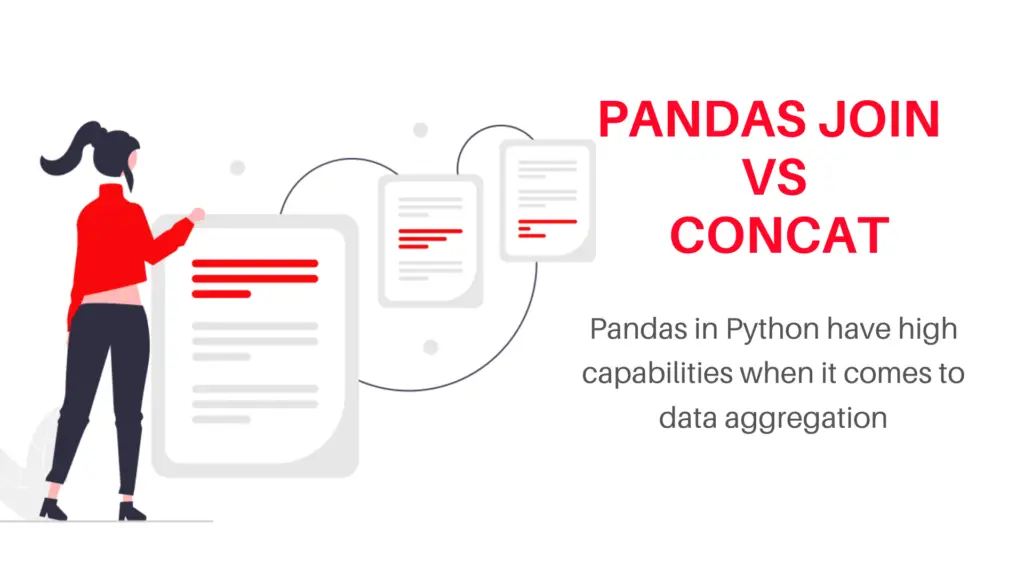The difference between Data Science and Six Sigma is not evident when people consider Data Analytics as the common branch between the two. However, even data analytics in both of them have a special role and therefore it is important to understand the thin line of difference between Data Science and Six Sigma to ensure that an enterprise goes for the right one when there is a need to understand their data more.

In this article, we will see the difference between Data Science and Six Sigma over 3 different parameters;
- Meaning
- What are the components of Data Science and Six Sigma?
- When to use what?
Difference Between Data Science And Six Sigma
What is Data Science?
Data science, as we know it today in 2022, is an interdisciplinary field that uses scientific methods, processes, data warehouses, data ethics, algorithms, and systems to extract knowledge and insights from structured and unstructured data, and gather actionable insights from data. Data Science today comprises multiple disciplines such as Mathematics, Statistics, Computer Science, Programming languages, Data Visualization, Data Warehousing, Machine Learning, Deep Learning, etc.
What is Six Sigma?
Six Sigma is both a methodology for process improvement and a statistics concept that seeks to define the variation that is inherent in any given process. The premise of the six sigma methodology is that the variation in a process leads to opportunities for error and then this error leads to risks for product defects. Product defects whether tangible or service can lead to customer dissatisfaction. By working to reduce this variation, the Six Sigma method ultimately creates an almost perfect process by reducing costs and increasing customer satisfaction.
The difference between Data Science and Six Sigma is evident here as Six Sigma is a process-oriented method where data is only a part of what the process is. Whereas the Data Science life cycle breathes on Data and every step of the flow, data is scrutinized to get more and more information that can be put to use.
Did you know?
Six Sigma helps a process achieve almost perfection by reducing the variation in the process. At each level, the consistency and success rate of the process is improved as follows;
- 1 σ (Sigma) – 30.23%
- 2 σ = 69.13%
- 3 σ = 93.32%
- 4 σ = 99.3790%
- 5 σ = 99.97670%
- 6 σ = 99.999660%
The defects at the 6 σ level of a process are reduced to 3.4 defects per million.
What are the components of Data Science and Six Sigma?
The difference between Data Science and Six Sigma comes also from the components of Data Science and Six Sigma as they differ by a lot:
Data Science:
- Math/Statistics
- Computer Science/IT
- Domains/Business knowledge
- Machine Learning
- Traditional Research
- Software Development
While Data Science works extensively on Data, the Six Sigma methodology uses statistical techniques and a step-by-step process to peruse the process to ensure that no stone is unturned and no variation from the process is allowed. If you are into data science and want to master these skills, you can check out this interesting data science course by OdinSchool.
Six Sigma:
- Design (Voice of Customer, Cause and Effect Analysis)
- Measure (Normality test, Process Flow chart)
- Analyze (Five Why’s, Pareto Charts, FMEA)
- Improve (One-way Anova, Pilot Checklist, Kanban)
- Control (Error Proofing, Control Charts, etc.)
As evident now, there is a lot of difference in the entire concept of Data Science and Six Sigma. Another thing to note is that Six Sigma is a relatively old concept of the late 20th century. The concept is not valid in companies that are very versatile or have a huge scale of operations such as Amazon, Google, etc. where with the advent of Big Data, the entire outlook of the company has changed and the statistical methods of Six Sigma have become obsolete in such scenarios.
Data Science however is an adaptive and broader term than Six Sigma and although it is only a decade old, Data Science is ever-evolving and growing.
When to use What?
When we talk about the difference between Data Science and Six Sigma, the primary question should always be – What does our company/data need?
- Does it need improvement in the overall errors?
- Does it need improvement in the speed?
- Does it need automation and a better understanding of the data?
Once you know what the problem statement is or what is it that you actually want to improve, you can make the right choice.
As questioned above, if error reduction and variation are issues we wish to resolve, then Six Sigma is the solution. If it is Speed and productivity that we wish to improve then Lean Six Sigma is the solution. If Data Mining, deeper analysis, predictive analytics, and automation in processes are what we desire then we should look towards Data Science as the possible solution. The right prescription for the right problem is the way we should decide what will work best in which situation.
Find out more about Six Sigma here: Six Sigma and Lean Six Sigma
Conclusion
While it is easy to answer the question as to what is more relevant today? Data Science or Six Sigma; Data Science is the winner there without any doubt. The difference between Data Science and Six Sigma is also that companies or enterprises might not have the ability to set in place a full Data Science cycle or hire the enormous number of people required to fulfill the data science requirements of a company.
It is here that the comparatively inexpensive Six Sigma comes into play and helps companies improve their productivity and reduce variation by employing simple methodologies in their workflow.
Let us know what you think lies in the future for Six Sigma and will it interplay with data science to evolve too!
For more such content, check out our website -> Buggy Programmer





